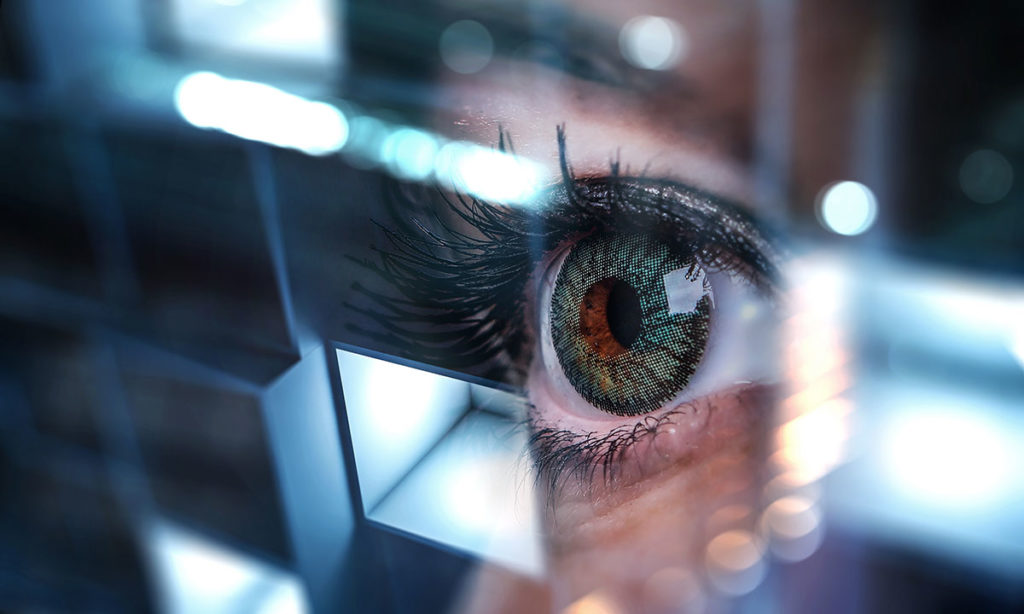Addressing Privacy Concerns with Your Audio Visual Technology

Addressing Privacy Concerns with Your Audio Visual Technology
Businesses are using audio-visual technology more and more to improve communication and collaboration. However, with this increased use comes increased privacy concerns.
How can you be sure that confidential information is protected when using these technologies? In this blog post, we will address some of the most common privacy concerns related to audio-visual technology in businesses.
Our Five AV Rules
Take these precautions to protect your privacy and keep your staff’s confidential information safe:
- Don’t alienate your employees with your AV monitoring – don’t be Big Brother
- Get permission from all parties before recording any conversation, audio or visual – maintain proper confidentiality
- Make sure you are aware of your state’s surveillance laws – privacy laws are important
- Protect your video conferencing platform against hackers by putting in place the proper security measures
- Adjust your privacy policies with emerging technologies
AV Rule #1 – Don’t Be Big Brother
The first concern is that audio and video recordings could be used to spy on employees. While it is important to maintain a level of privacy in the workplace, you don’t want to have an environment that feels like Big Brother is watching.

Make sure you are clear about who has access to recorded footage and why. Employee trust is crucial to the success of any business, so operate with transparency.
AV Rule #2 – Maintain Confidentiality
The second concern is maintaining confidentiality for your company or client. For example, let’s say you are hosting a board meeting and several confidential topics will be discussed. The participants in the meeting want to know that the meeting is secure. Take pains to make sure meetings are productive and compliant.
AV Rule #3 – Obey Privacy Laws
Laws about recording someone without their knowledge vary from state to state. However, 22% of the fifty states require the permission of all parties for a conversation to be recorded.
Make sure you know your state’s surveillance laws (and the state laws where all your meeting or conference participants are) before you record any audio or visual.
Employees should also be aware of when they are recorded. You could get into trouble if you don’t disclose that a room is being recorded.
AV Rule #4 – Protect Against Hackers
You should always protect your business against hackers, even when it comes to your Audio Visual technology. Hackers will try to access your video conferencing platform, steal confidential information, and even create a system breach.
Storing data on-site and in the cloud can come with certain risks. Know what policies to put in place to protect your AV technology from cyber-attacks.
AV Rule #5 – Be Ready to Pivot with New Technologies
As voice recognition, fingerprint authentication, face recognition, and other new audio visual technologies enter the workforce at large, you may need to adjust your privacy policies.
Make sure you have clear rules and explanations in place to explain how your employees’ data and personal information will be shared so that there’s never any confusion.
Audio-Visual Technology
When used properly, audio visual technology can be a powerful tool for businesses. It is important to understand the implications of its use and take measures to protect your company or client’s privacy.
For more information about how to address privacy concerns with your audio-visual technology, contact us today.

